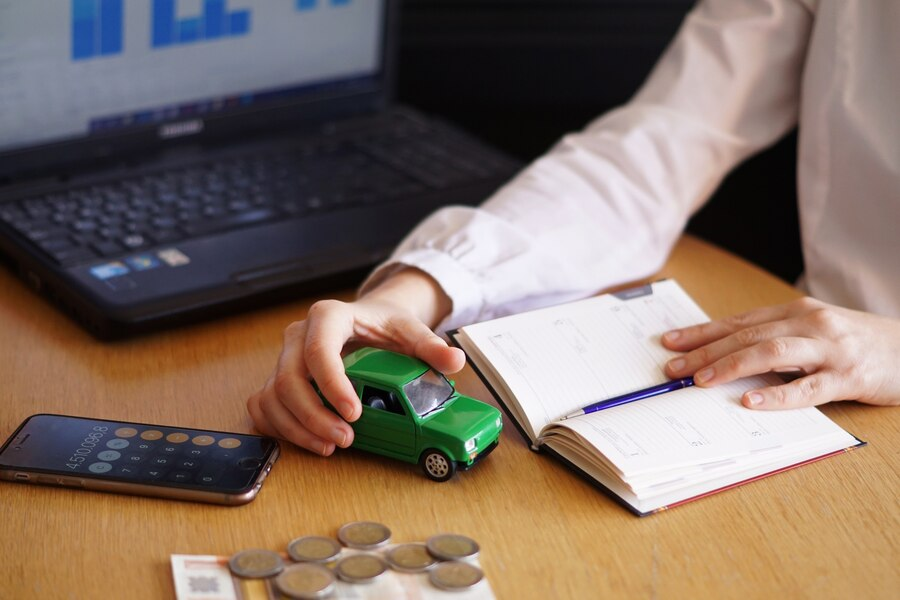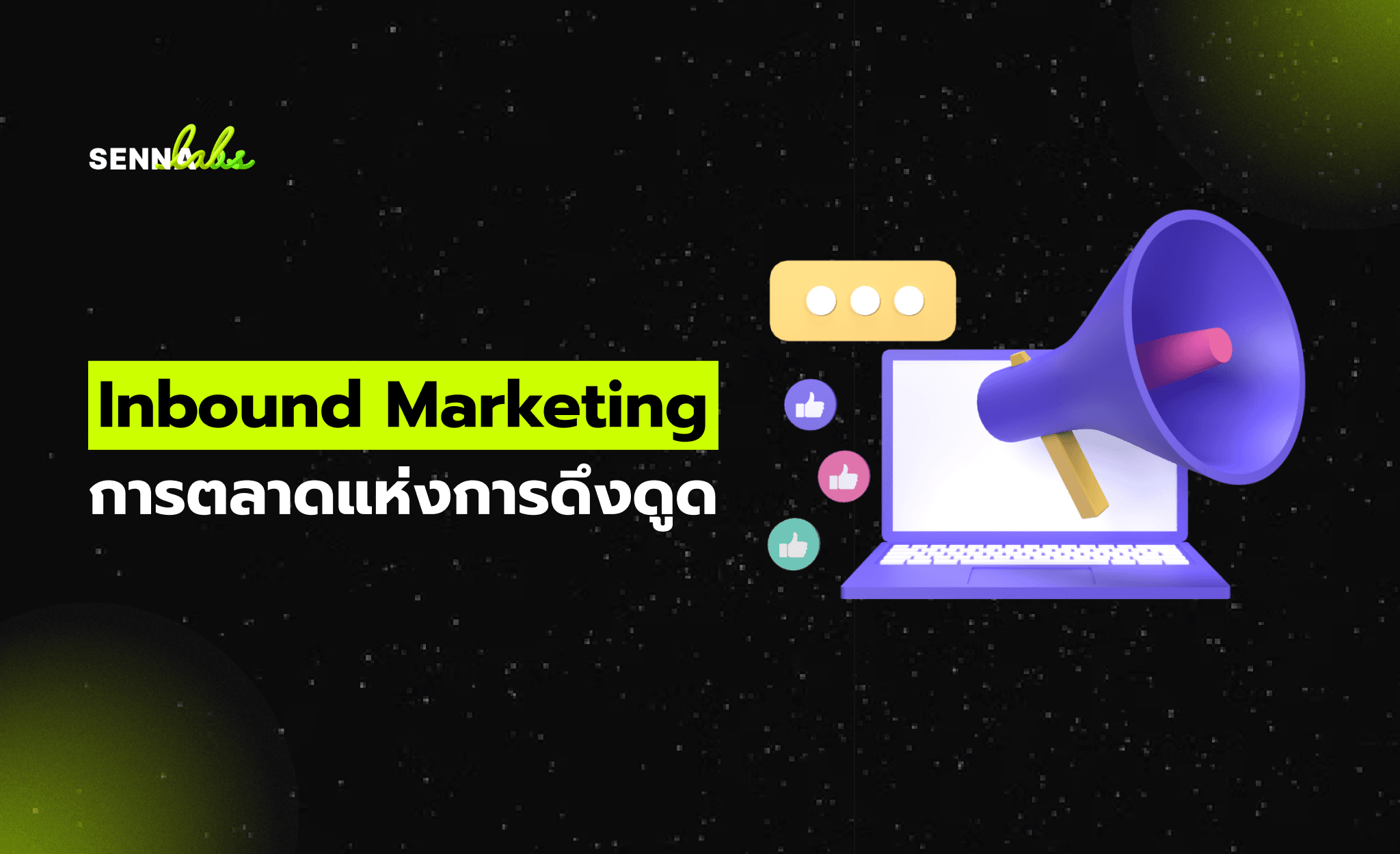The Role of UX/UI in E-Commerce Websites: How It Drives Sales and Conversions
Share

In the highly competitive world of e-commerce, User Experience (UX) and User Interface (UI) design play a critical role in determining whether an online store thrives or fails. With thousands of online stores competing for customer attention, a well-designed e-commerce website is no longer a luxury—it’s a necessity.
The goal of UX design in e-commerce is to ensure users can easily navigate the website, find products quickly, and complete purchases without frustration. Meanwhile, UI design ensures that the visual elements, buttons, colors, and typography work harmoniously to guide users toward making a purchase.
Successful e-commerce platforms optimize their UX/UI to enhance customer retention, reduce cart abandonment rates, and maximize Average Order Value (AOV). This article explores how these strategies work and why they are essential for any online store.

The Importance of UX/UI in E-Commerce
E-commerce websites must balance aesthetics with functionality. While a beautiful design may attract users, a seamless UX ensures they stay and complete transactions. Here’s why UX/UI design is essential in e-commerce:
-
Enhances Customer Trust: A well-designed website with a professional look creates confidence in potential buyers.
-
Improves Navigation and Product Discovery: An intuitive interface ensures users can find products effortlessly.
-
Boosts Conversions and Sales: A frictionless checkout process reduces barriers to purchase.
-
Encourages Repeat Purchases: A seamless experience encourages users to return and shop again.
By investing in UX/UI improvements, e-commerce businesses can significantly improve customer satisfaction, loyalty, and revenue.
How UX/UI Boosts Customer Retention in E-Commerce
Customer retention is a crucial metric for any e-commerce business. Acquiring a new customer can be five times more expensive than retaining an existing one. UX/UI design can increase retention by ensuring that shoppers have a smooth, enjoyable experience.
1. Personalization Enhances User Experience
-
Dynamic recommendations based on past behavior: When an online store suggests products based on browsing history or previous purchases, users are more likely to engage.
-
Customized homepage and category layouts: Showing tailored content based on user preferences encourages deeper exploration.
2. Seamless Navigation Improves Customer Journey
-
Clear category structures and filters: A well-organized navigation menu helps customers find products faster.
-
Search functionality with autocomplete suggestions: A responsive search bar enhances the browsing experience by quickly displaying relevant results.
3. Faster Loading Speeds Reduce Drop-Off Rates
-
Optimized images and product pages: Compressing images without losing quality ensures fast-loading pages.
-
Mobile-friendly design: A mobile-responsive website prevents frustration for users shopping on their smartphones.
By focusing on these aspects, businesses can reduce friction points that cause potential customers to leave and increase long-term engagement.
How UX/UI Reduces Cart Abandonment Rates
Cart abandonment is a major challenge in e-commerce, with studies showing that nearly 70% of online shopping carts are abandoned before purchase. A poor UX/UI experience is often the primary cause.
1. Simplifying the Checkout Process
One of the main reasons for cart abandonment is a complex or lengthy checkout process. UX/UI improvements can help:
-
Guest checkout options: Not forcing users to create an account speeds up the process.
-
Progress indicators: Showing a step-by-step breakdown of the checkout process reduces uncertainty.
-
Auto-filled fields: Automatically filling customer details (e.g., billing and shipping addresses) minimizes effort.
2. Transparent Pricing and Costs
Unexpected costs (such as high shipping fees) are among the top reasons users abandon their carts. Clear UX/UI solutions include:
-
Displaying total costs upfront (including shipping and taxes).
-
Providing free shipping incentives when spending a certain amount.
3. Optimized Payment Options
A lack of preferred payment methods can frustrate shoppers. The best UX/UI practices include:
-
Multiple payment options (credit cards, digital wallets, and "buy now, pay later" services).
-
Fast and secure checkout experience with encryption and trust signals.
By addressing these issues, e-commerce businesses can significantly reduce cart abandonment rates and increase completed purchases.
How UX/UI Design Increases Average Order Value (AOV)
Average Order Value (AOV) is a crucial metric in e-commerce, measuring the average amount spent per transaction. UX/UI strategies can help persuade customers to spend more per order.
1. Smart Product Recommendations
UX/UI design can integrate AI-driven recommendations to suggest relevant products:
-
Cross-selling: Displaying complementary products (e.g., suggesting a phone case for a smartphone purchase).
-
Upselling: Encouraging users to buy a premium version of a product.
2. Strategic Placement of Discounts and Bundles
UX/UI designers can highlight promotions effectively by:
-
Displaying discount pop-ups or banners when customers reach a specific spending threshold.
-
Encouraging bundle purchases (e.g., "Buy 2, Get 1 Free" promotions).
3. Easy-to-Find Reviews and Ratings
Including user-generated reviews and ratings increases customer confidence and often leads to higher spending. A well-designed UX/UI approach ensures:
-
Clear, accessible reviews on product pages to help decision-making.
-
Photo and video reviews to enhance credibility.
By optimizing UX/UI elements, e-commerce websites can effectively increase AOV while improving customer satisfaction.
Best Practices for E-Commerce UX/UI Design
To achieve maximum results, businesses should follow these UX/UI best practices:
-
Ensure Mobile-First Design:
-
Over 60% of e-commerce traffic comes from mobile devices. A responsive, mobile-friendly design is essential.
-
Use High-Quality Images and Videos:
-
Detailed product images and 360-degree views improve customer confidence.
-
Incorporate a Clear Call-to-Action (CTA):
-
"Add to Cart" and "Buy Now" buttons should be prominent and easy to click.
-
Provide Easy Customer Support Access:
-
Live chat, chatbots, and FAQ sections should be easily accessible.
-
Maintain Consistency Across All Pages:
-
Consistent design elements improve familiarity and ease of use.
Conclusion
UX/UI design is a fundamental pillar of e-commerce success. By creating an intuitive, user-friendly shopping experience, businesses can boost customer retention, reduce cart abandonment rates, and increase AOV—all of which contribute to higher revenue and long-term growth.
In today’s digital marketplace, investing in UX/UI isn’t just an option—it’s a necessity for any business looking to stay competitive. By continuously optimizing the shopping experience, e-commerce businesses can build stronger relationships with customers and maximize their online sales potential.

Share

Keep me postedto follow product news, latest in technology, solutions, and updates
Related articles
Explore all


